The concept of the WWII “jeep in a box” offers a fascinating glimpse into military innovation during the 1940s. This unique approach to vehicle deployment allowed for quick and effective transport of crucial equipment to diverse and often challenging terrains. Through understanding its origins and impact, one can appreciate the ingenuity that continues to influence modern military logistics.
Origins of the Jeep in a Box Concept
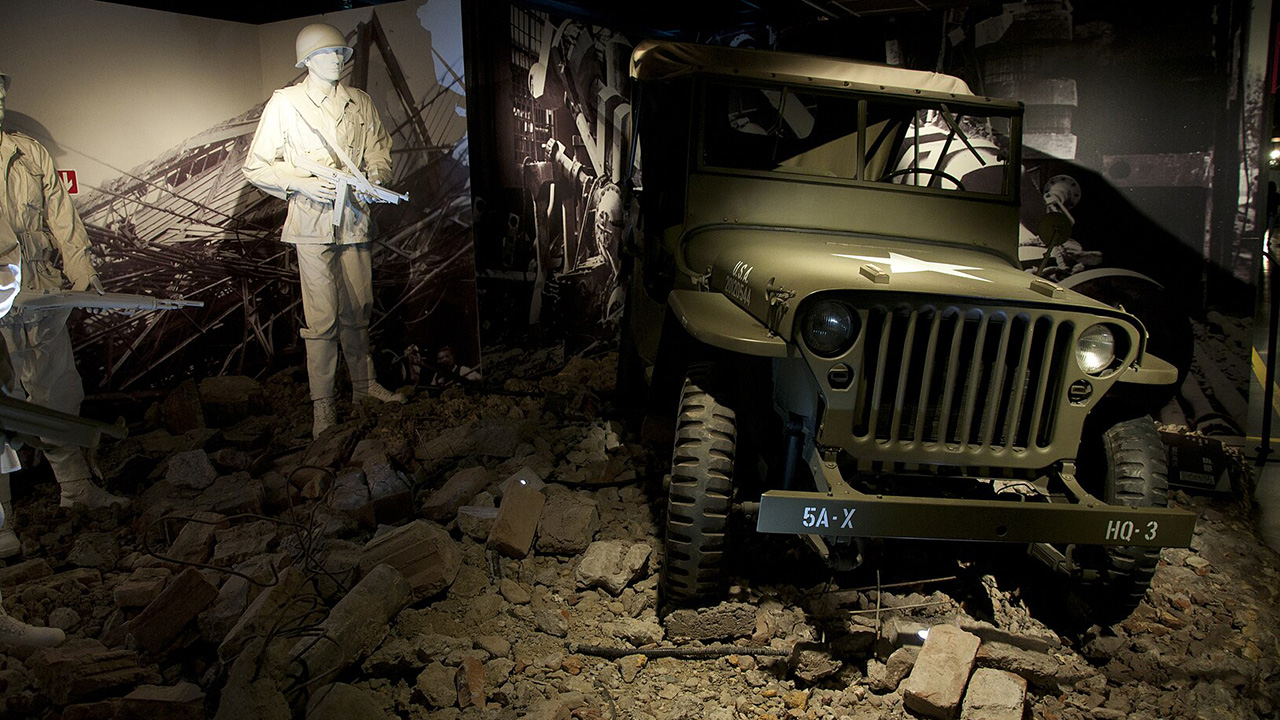
The “jeep in a box” idea originated during World War II as the need for versatile and rapidly deployable vehicles became apparent. With the rapid pace of changing battlefields, the U.S. military sought a way to efficiently deliver jeeps to various theaters of war. The solution involved disassembling jeeps into compact kits that could be easily shipped and reassembled upon arrival.
The process was spearheaded by the Willys-Overland company, which was responsible for producing the iconic Willys MB. These vehicles were known for their ruggedness and adaptability, making them ideal candidates for such a logistical challenge. By the time the war intensified, the “jeep in a box” concept had become a standard practice, significantly enhancing the mobility of Allied forces.
The Role of the Airborne Forces
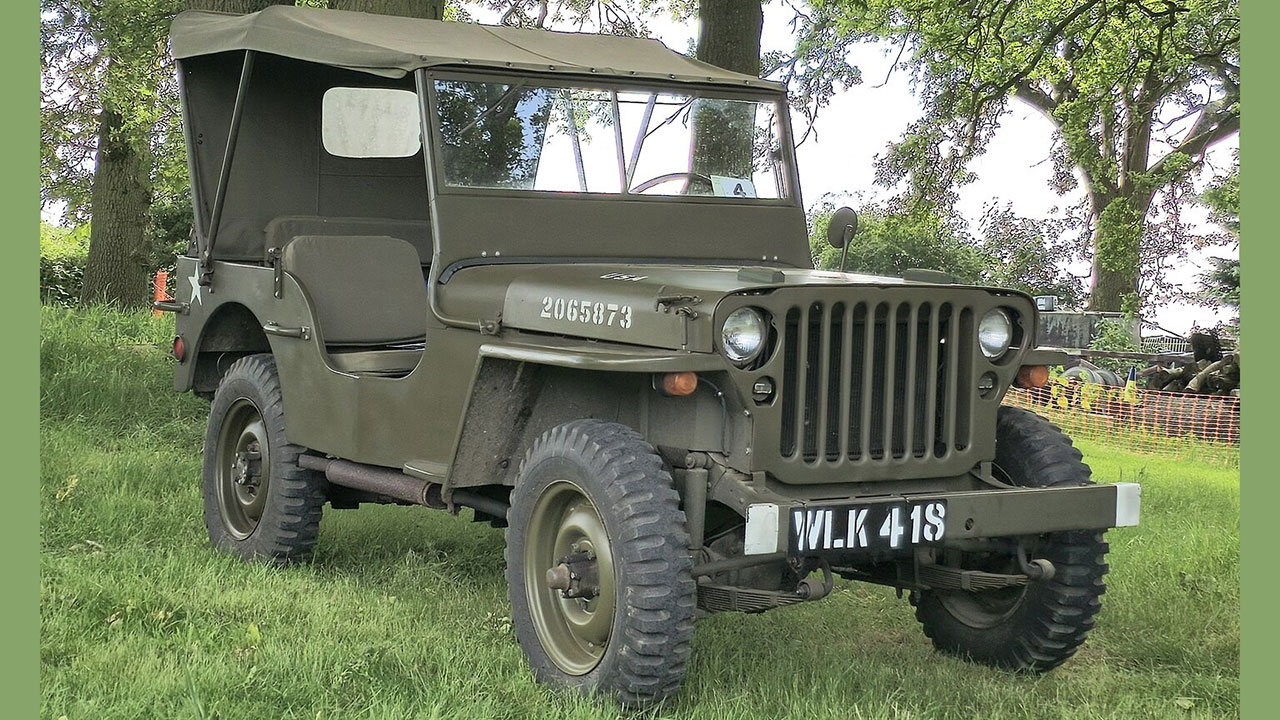
Airborne forces played a crucial role in the utilization of the jeep in a box. With paratroopers deployed behind enemy lines, the need for mobility was critical. These forces often found themselves in isolated locations, requiring vehicles that could be quickly assembled and used for reconnaissance, supply runs, or rapid assaults.
The ability to air-drop a jeep in pieces, reassemble it swiftly, and have it operational in a matter of hours proved invaluable. This capability significantly expanded the operational range and effectiveness of airborne units, allowing them to execute missions with greater flexibility and speed.
Engineering a Compact Solution
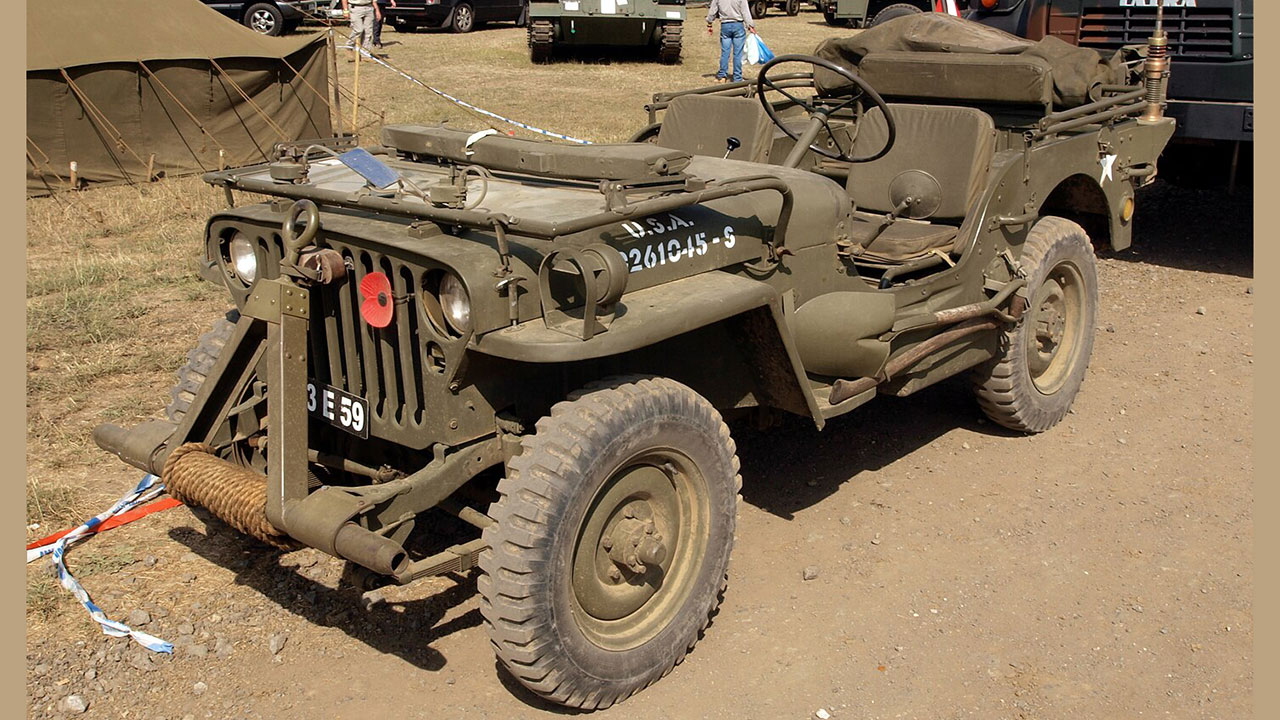
The engineering behind the jeep in a box was both innovative and practical. The Willys MB was designed to be disassembled into a compact kit that included the chassis, wheels, and other components, all packaged in a way that minimized space. This allowed the kits to be transported via cargo planes or ships more efficiently.
Reassembly required minimal tools and could be completed by a small team of soldiers. Training manuals and assembly instructions were provided to ensure that even those with limited mechanical experience could successfully put the jeep together. This engineering feat not only showcased the ingenuity of the time but also set a precedent for future military logistics strategies.
Deployment and Impact on the Battlefield
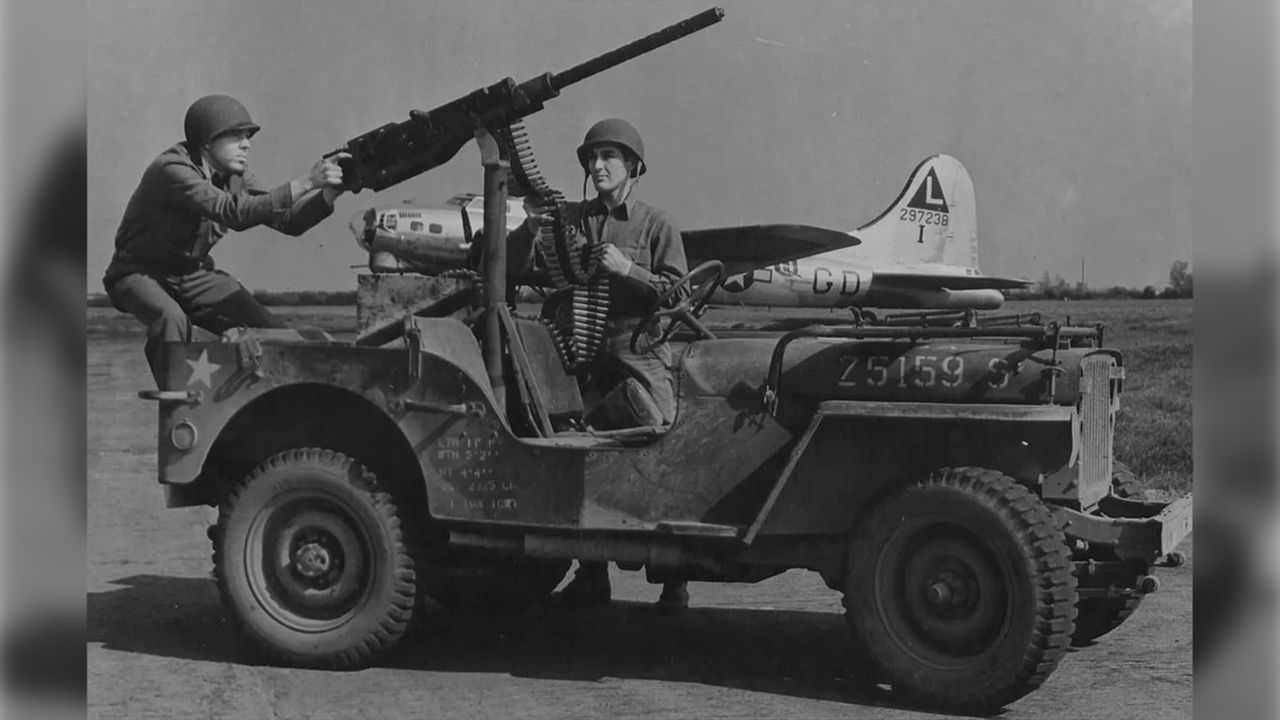
The deployment of jeeps in a box had a profound impact on WWII battlefields. By enabling rapid deployment of vehicles to remote locations, military forces could maintain their momentum and adapt quickly to changing tactical situations. This flexibility was crucial in operations such as the Normandy invasion and the liberation of Europe.
Reports from the front lines indicated that the presence of these jeeps often made the difference between success and failure in key operations. Their ability to traverse difficult terrain and provide essential support to infantry units underscored their importance in the war effort. The jeep in a box became a symbol of American ingenuity and adaptability during the conflict.
Legacy and Modern-Day Influence
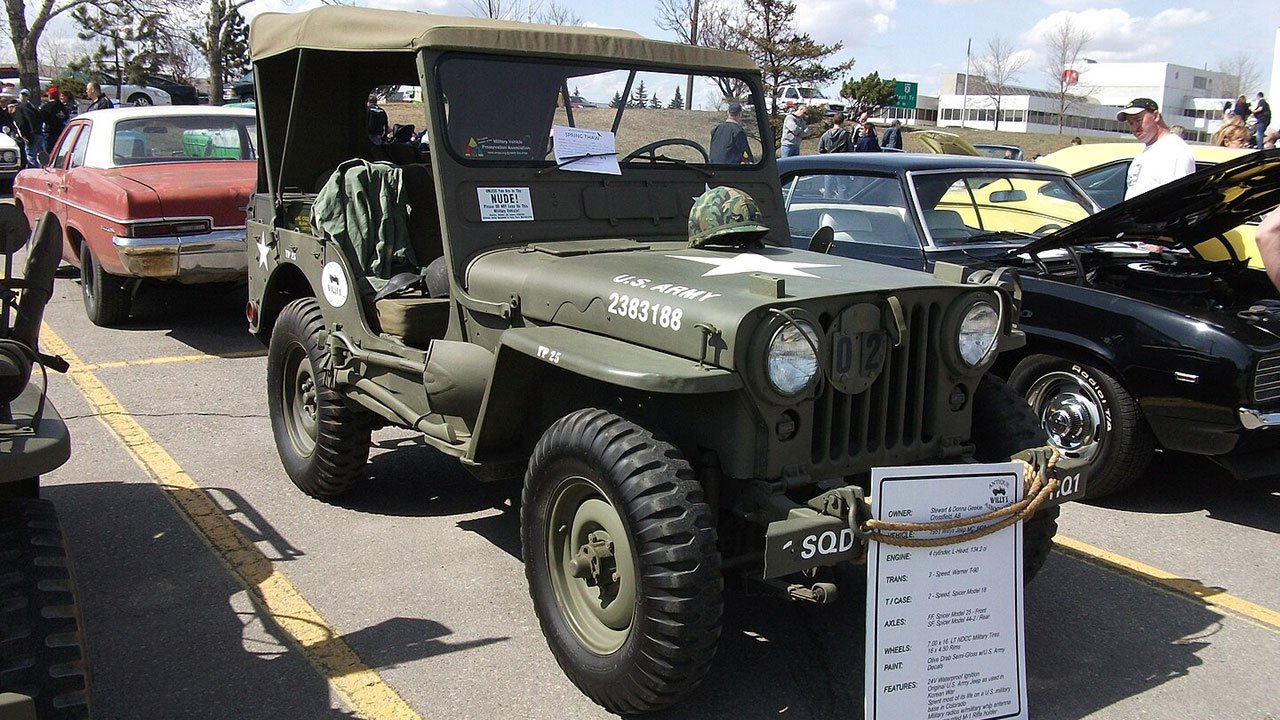
The legacy of the WWII jeep in a box continues to influence military logistics and vehicle design today. The concept of modular, easily transportable equipment has been adopted in various forms, from modern military vehicles to civilian applications like emergency response units and off-road adventure kits.
In contemporary military operations, the ability to rapidly deploy vehicles remains a key strategic advantage. The lessons learned from the jeep in a box have informed the design of modern vehicles such as the Humvee and the Joint Light Tactical Vehicle (JLTV), ensuring that military forces can remain agile and responsive in diverse environments.
Like Fast Lane Only’s content? Be sure to follow us.
Here’s more from us:
*Created with AI assistance and editor review.

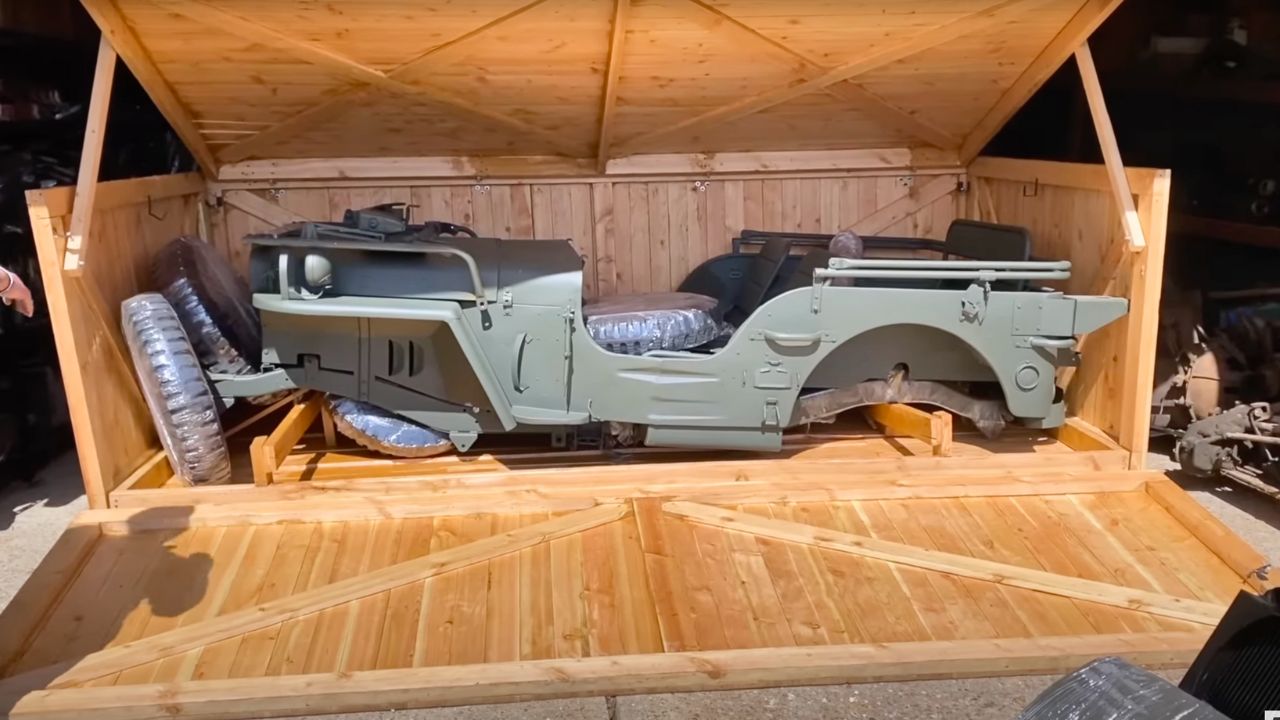
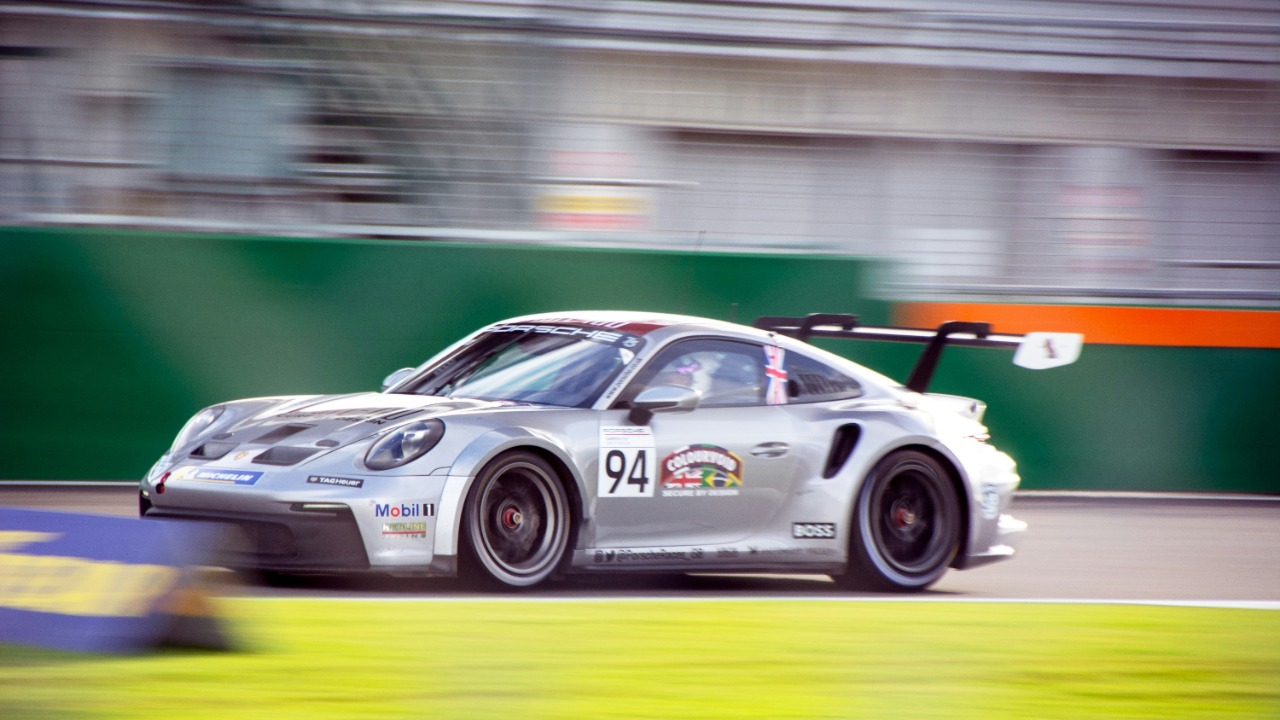
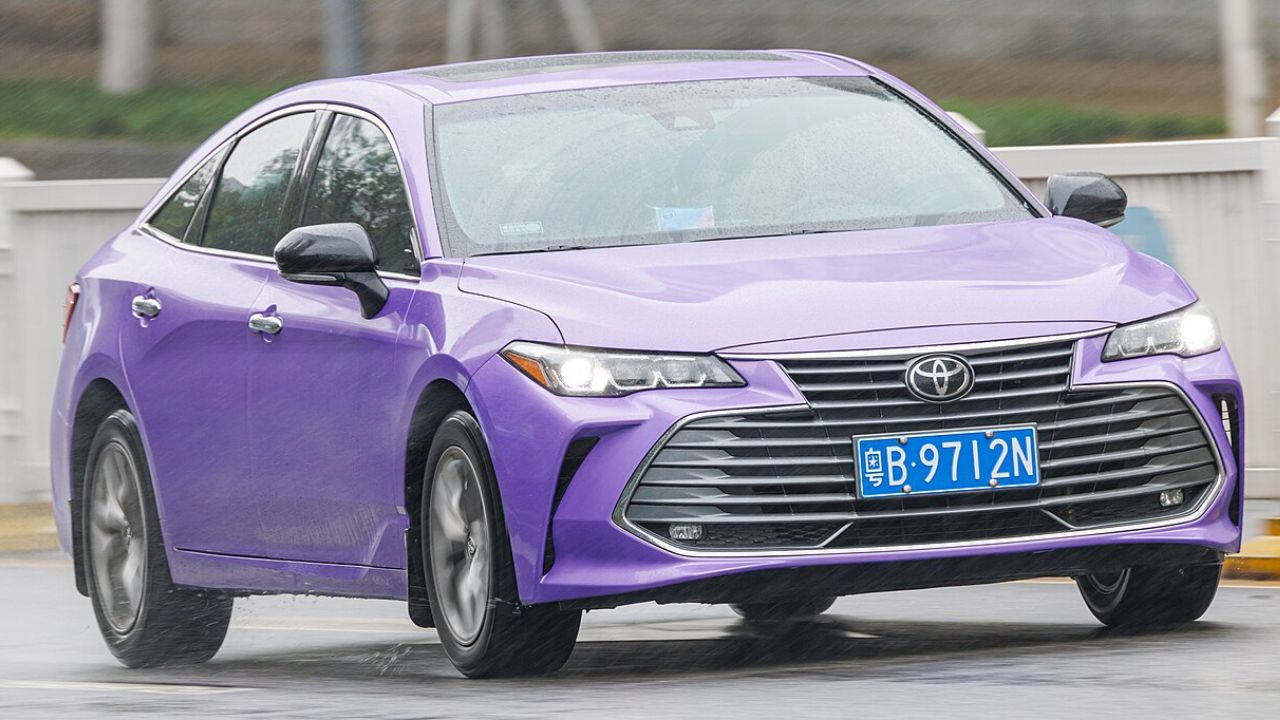
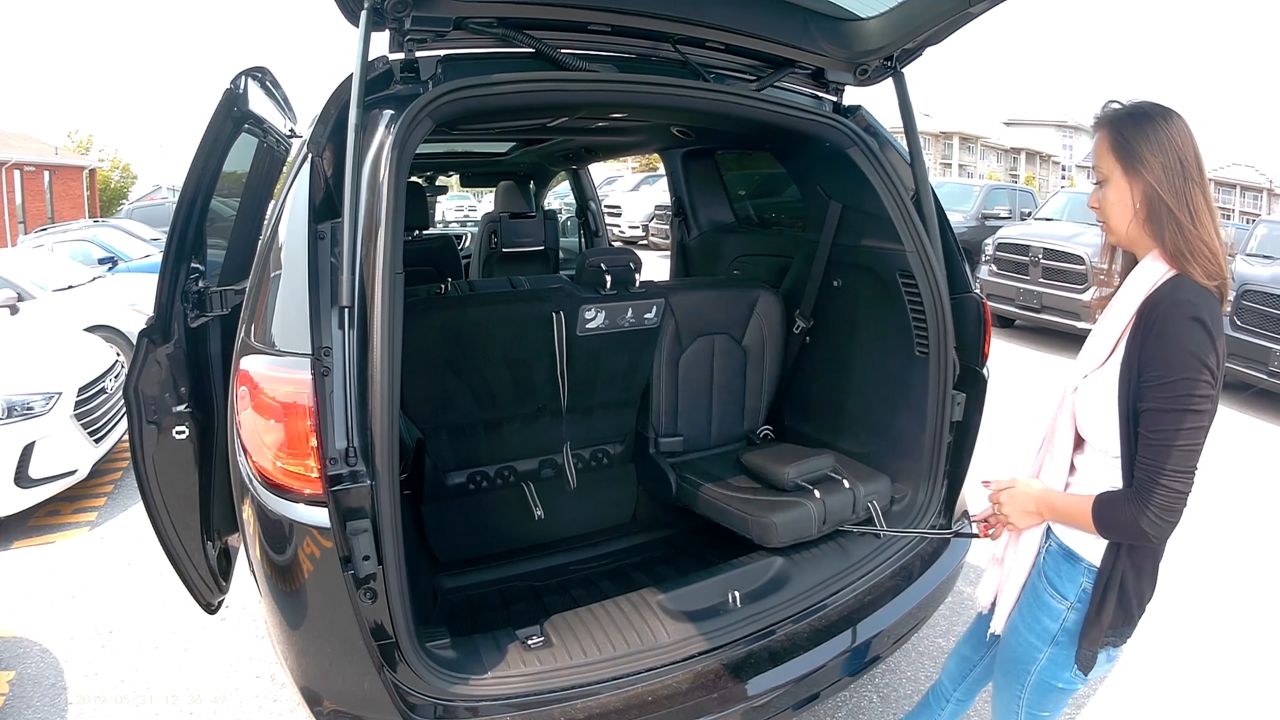
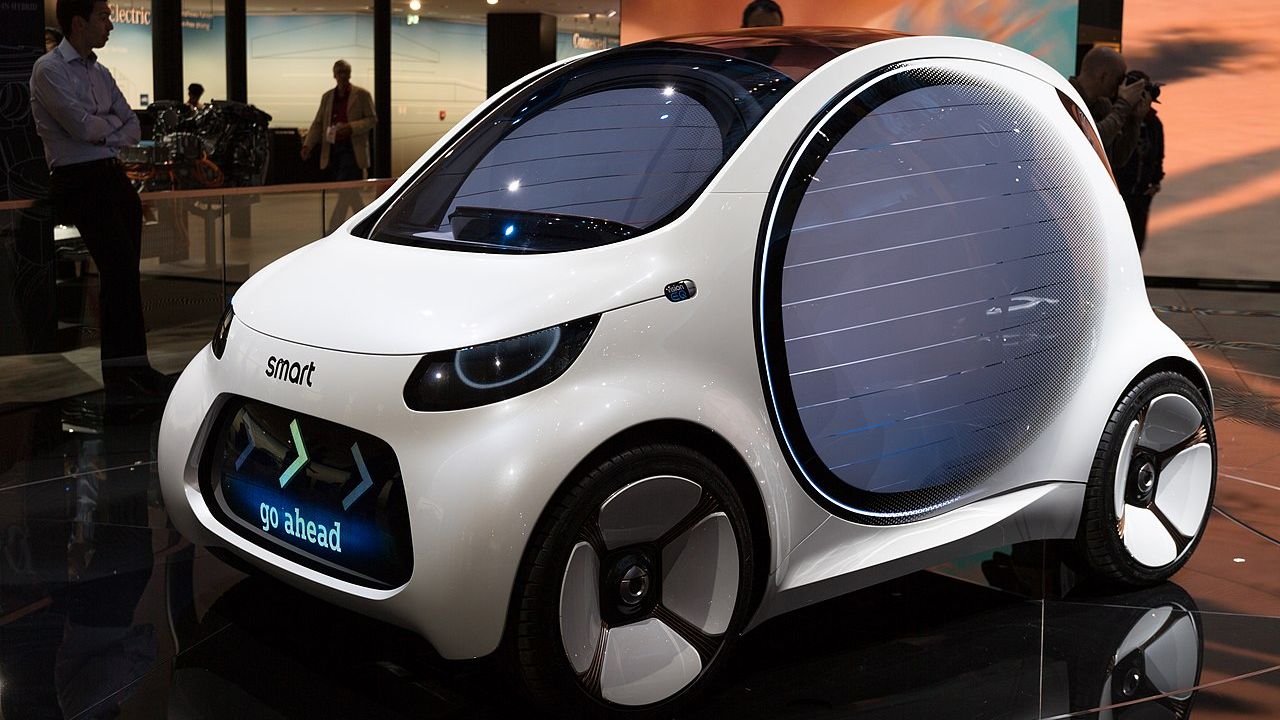
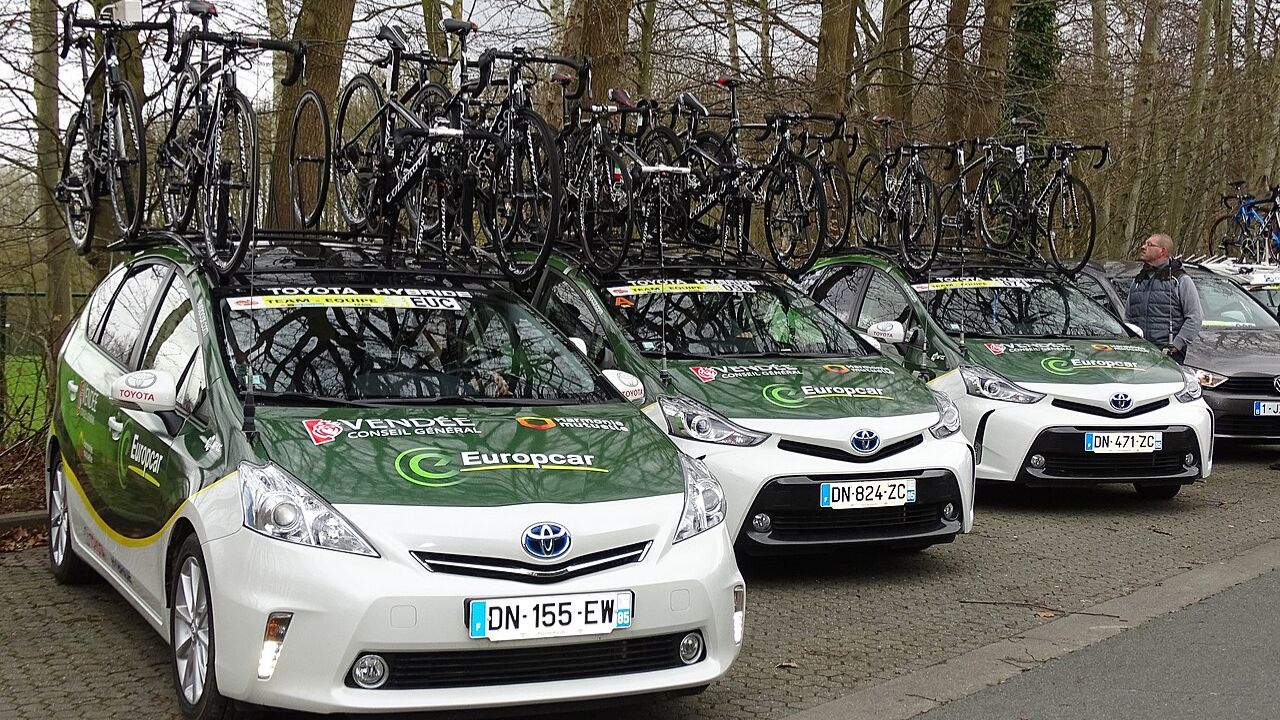
Leave a Reply